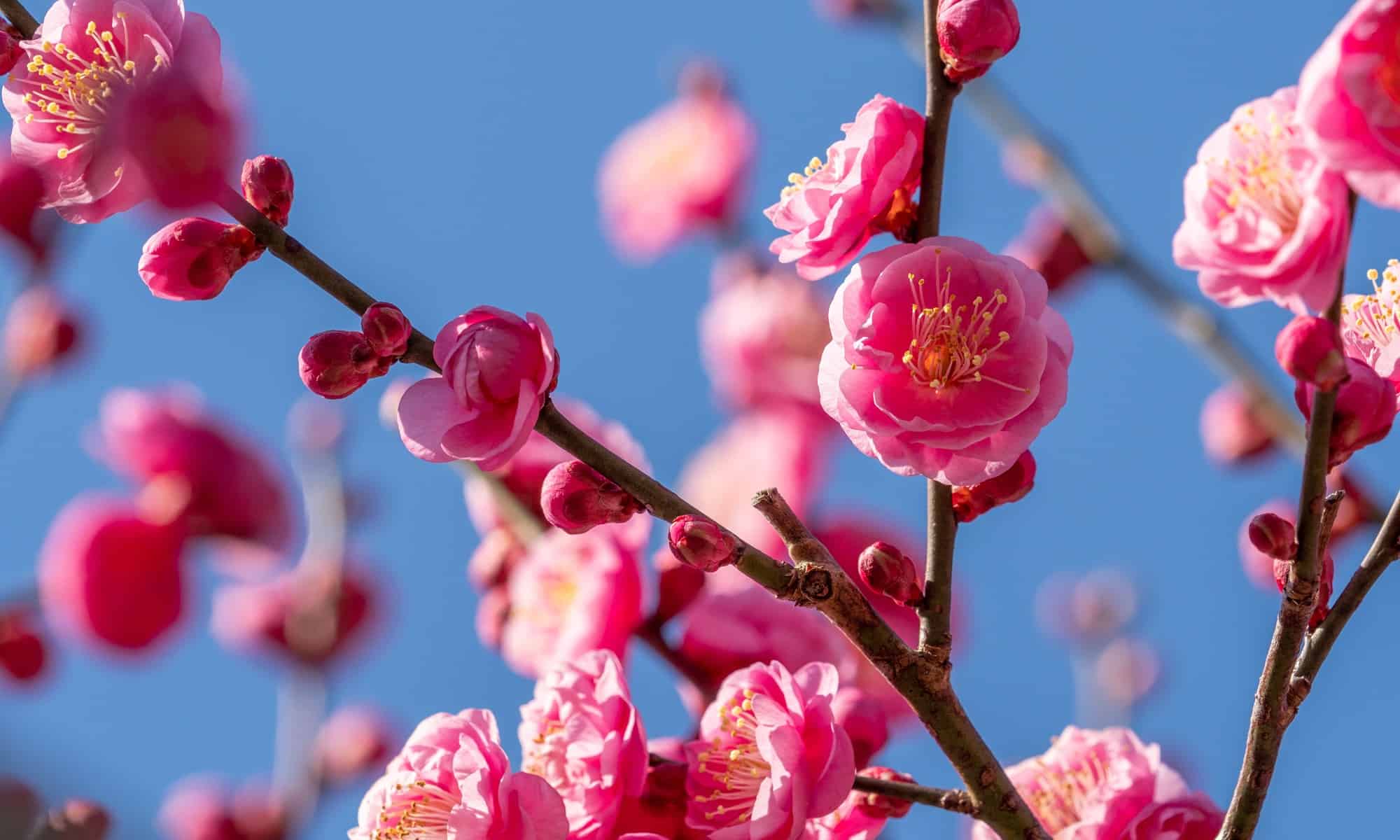Mao Zedong’s “Ode to the Plum Blossom,” penned in 1961, is more than just a poem; it’s a powerful symbol of resilience, deeply rooted in Chinese culture and intertwined with a pivotal moment in international diplomacy. This article explores the poem’s rich symbolism, historical context, and enduring legacy, offering a comprehensive understanding of its meaning and impact.
Decoding the Plum Blossom’s Symbolism
The plum blossom’s significance in Chinese culture predates Mao’s poem by centuries. Blooming amidst the harsh conditions of winter, it embodies resilience, perseverance, and the promise of spring’s eventual triumph. This inherent strength and beauty have made it a potent symbol in art, literature, and everyday life.
Resilience and Hope: A Timeless Metaphor
The plum blossom’s ability to thrive in adversity resonates deeply, offering a message of hope and renewal. Its early blooming heralds the arrival of spring, further strengthening its connection to new beginnings and fresh starts. This likely contributed to its adoption as a symbol of hope during challenging times, both personal and national.
Cultural Significance in China
Beyond its natural beauty, the plum blossom holds a special place in Chinese culture. Introduced during the Tang Dynasty (618-907 AD), it became intertwined with national identity, representing strength and perseverance. Its recurring presence in art, literature, and celebrations like the Lunar New Year solidifies its cultural importance.
Lu Yu’s Influence: A Poetic Precursor
Centuries before Mao, the Song Dynasty poet Lu Yu (1125-1210) also penned an “Ode to the Plum Blossom.” Lu Yu’s poem, often focusing on themes of solitude and resilience in the face of adversity, provides crucial context for understanding Mao’s later work. While specific interpretations may vary, Lu Yu establishes a foundation for the plum blossom’s enduring symbolic power. (Include a reputable translation of Lu Yu’s poem here, with a brief analysis).
Mao’s “Ode”: A Revolutionary Interpretation
Mao Zedong’s “Ode to the Plum Blossom” (Include a reputable translation of Mao’s poem here) builds upon this established symbolism but infuses it with a revolutionary spirit characteristic of his era. Written in 1961, during a period of significant change and challenge in China, the poem can be interpreted as an allegory for the nation’s struggles and aspirations. The plum blossom, enduring the harsh winter, mirrors the Chinese people’s resilience and their hope for a brighter future.
Contextualizing 1961: A Time of Flux
Understanding the political and social climate of 1961 China is critical to interpreting Mao’s poem. The country was navigating a complex period of economic hardship and political maneuvering. The poem’s message of resilience and hope likely resonated deeply with a nation facing adversity.
Nixon’s Visit and the “Ode”: A Diplomatic Bridge
Perhaps one of the most intriguing aspects of Mao’s “Ode” is its role in a pivotal moment of international diplomacy. During President Richard Nixon’s groundbreaking visit to China in 1972, Premier Zhou Enlai, not Mao, brought the poem to Nixon’s attention, sparking a discussion about its meaning and significance. This unexpected cultural exchange helped bridge political divides during the Cold War, showcasing the power of art to transcend ideological differences.
Zhou Enlai’s Role: A Calculated Choice?
Zhou Enlai’s selection of the poem raises intriguing questions about the political messaging of the time. Was it a deliberate choice to convey specific ideas to Nixon? Further research into Zhou Enlai’s motivations could offer valuable insights into the diplomatic nuances of this exchange.
Comparing the “Odes”: Shared Themes and Unique Perspectives
Comparing Lu Yu’s and Mao’s poems reveals both shared themes and distinct interpretations. While both poets utilize the plum blossom to represent resilience, Lu Yu often emphasizes individual strength in the face of isolation, while Mao connects the flower to the collective strength and renewal of a nation. This juxtaposition highlights the evolving nature of symbolism and how it can be adapted to reflect different historical and personal contexts.
Legacy and Ongoing Research: An Enduring Symbol
Decades after its creation, “Ode to the Plum Blossom” continues to resonate. Its message of hope and endurance transcends time and cultural boundaries. While much has been written about the poem, ongoing research explores its nuanced interpretations and its evolving significance in contemporary China. This continued scholarly interest ensures that the “Ode” remains a vital part of the literary and cultural landscape.
Want to learn more about the famous colossal pterosaur that roamed the skies during the late Cretaceous period? Click on the quetzalcoatlus 5e link to discover fascinating details about this incredible prehistoric creature.
Engrossed in a challenging crossword puzzle? Uncover the solution to the “rawboned animal” clue with the help of our comprehensive crossword solver. Simply follow the rawboned animal crossword link to access a wealth of helpful tips and insights.
- Unlocking Francis Alexander Shields’ Finance Empire: A Comprehensive Biography - July 12, 2025
- Unveiling Francis Alexander Shields: A Business Legacy - July 12, 2025
- Francis Alexander Shields’ Business Career: A Comprehensive Overview - July 12, 2025
















1 thought on “Mao’s Ode to the Plum Blossom: Symbolism, History, and Cultural Impact”
Comments are closed.